This week: the start of a two-part series on women in Heian Japan. What makes the social position of women in the Heian Era so distinct from later points of Japanese history, and from the East Asian cultural sphere more generally? How do we know what we know about the lives of women? And what can we learn from the story of one particularly badass woman: the poet and “femme fatale” Izumi Shikibu?
Sources
A complete translation of the Diary of Izumi Shikibu.
A writeup on Women in Traditional China by Patricia Ebrey, one of the best scholars on premodern China out there.
Mulhern, Chieko Irie. Japanese Women Writers: A Bio-critical Source Book
Keene, Donald. Travelers of a Hundred Ages.
Yoshie, Akiko. “Family, Marriage and the Law in Classical Japan – An Analysis of Ritsuryo Codes on Residence Units.”
Images
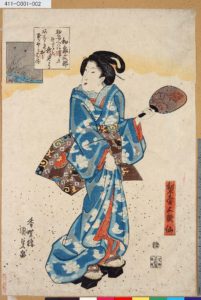
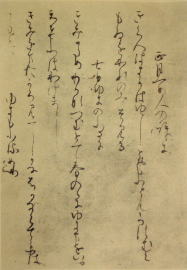
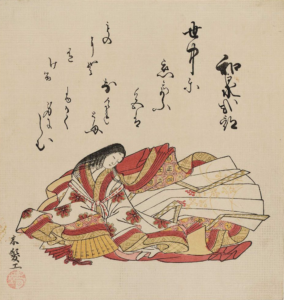
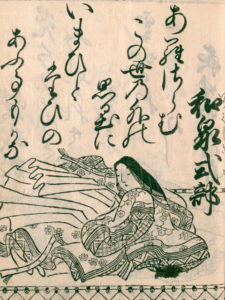
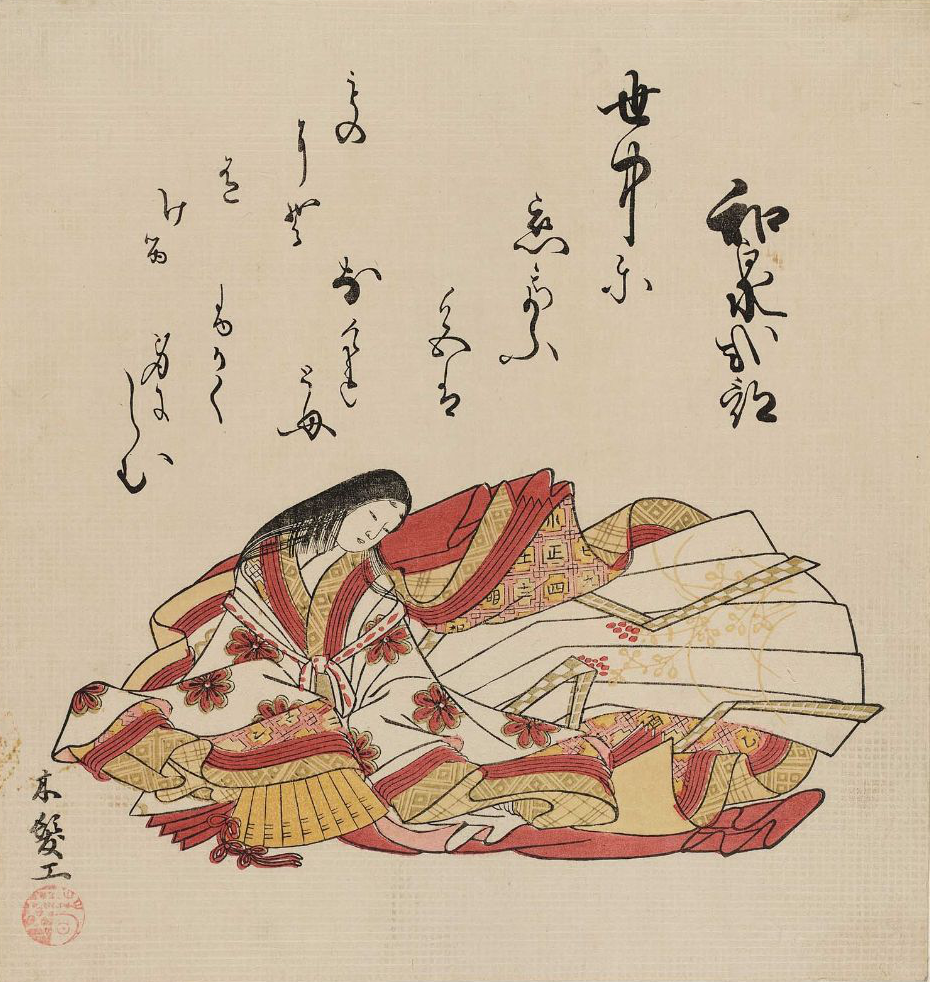
Do the sources talk about what happened in the event of a pregnancy/child birth occurring as a result of one of these extramarital affairs? Would such a thing have been considered a scandal and what would have happened to the child?
Not directly, as it would be considered fairly scandalous. From what we can tell, such children were either sent off to be raised elsewhere or adopted formally by the family. It really depends on the family in question (and especially the sex of the child and whether or not the family had a male heir in place).